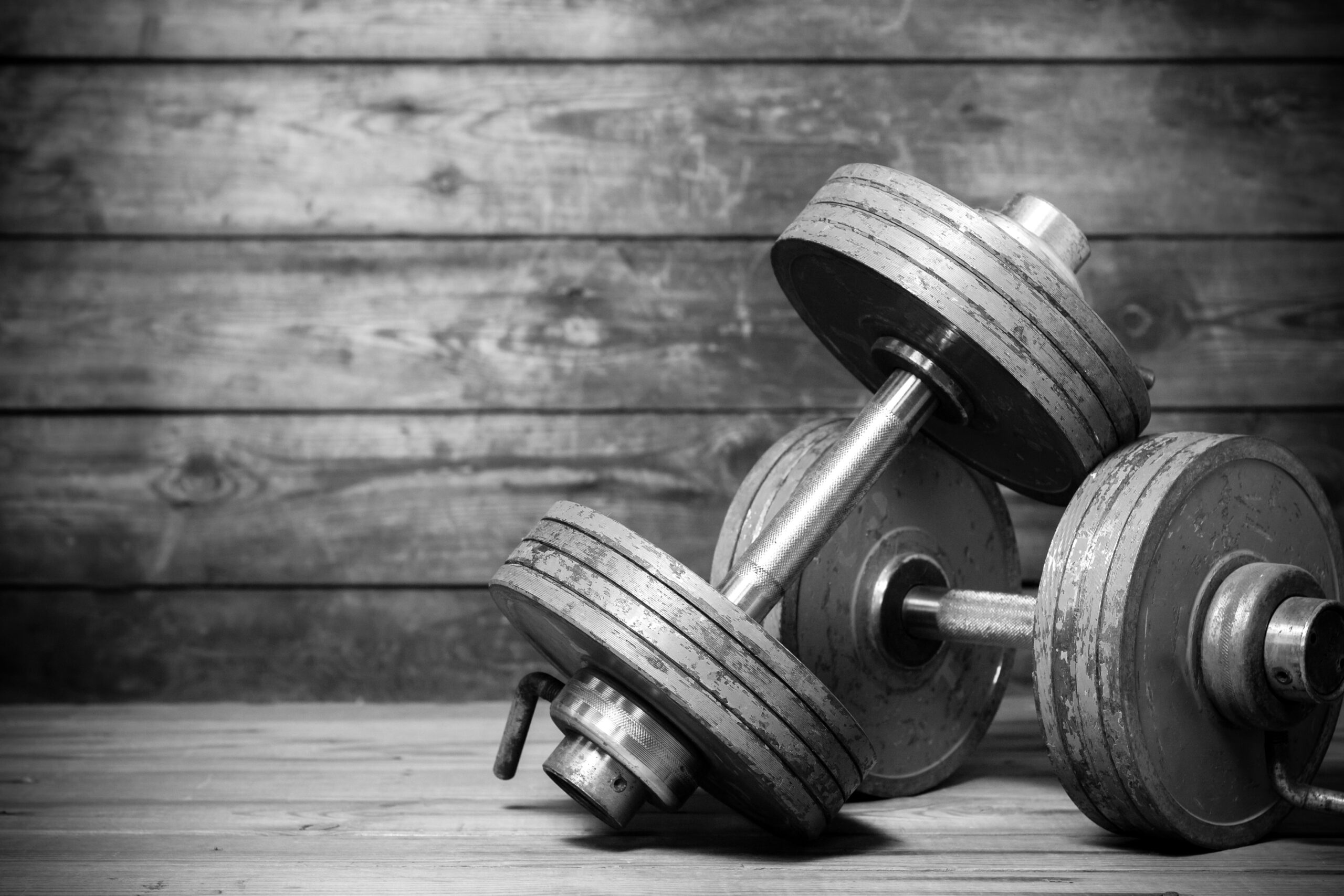1. The more exercises you do in a workout, the better
Less is often more when it comes to strength training.
Strong people typically don’t do more than 3-6 exercises per workout. Weak people (with an abundance of injuries, nonetheless) try to do every exercise under the sun.
Pay attention to the strong folks. Pick a handful of lifts/exercises and attack them with high intensity and amazing technique.
Less is more.
2. The more sore I am, the better results I’ll get
You don’t get better by training, you get better by recovering from training. And how sore you feel after working out doesn’t mean anything in terms of the effectiveness of the session.
Sure, you’ll be sore from time to time. But that doesn’t mean you should feel sore all the time.
In fact, if you’re always limping around like you got the shit kicked out of you, you can bet that one of two things are happening (or both):
- You’re spreading yourself thin and trying to do too much at once.
- You’re not prioritizing your recovery enough.
Train hard, but recover harder.
3. Low weights, high reps will “tone” my muscles
This horse has been beaten enough, but the “toned” look you might be going for isn’t a result of lifting 5lbs neon-coloured dumbbells for 30+ reps.
4. Strength training isn’t effective for fat loss
Most people think of cardio when they think of fat loss. So when motivation strikes, they purchase a Peloton or another overpriced piece of cardio machinery. And inevitably, they become better coat hangers than training equipment.
What most people don’t think of when they think of fat loss is strength training. But…
The stronger you are, the bigger your “engine” is (metabolic rate). This means your body becomes more efficient at burning calories, even when you’re resting. Yes, cardio is great for burning calories during your workout, but it doesn’t help much with increasing your calorie expenditure after training. Strength training, on the other hand, does.
When you prioritize strength training in your fat loss program, you’re not just getting stronger. You’re turning your body into a fat-burning machine.
5. The more I sweat, the harder I’m training
This just isn’t true. Some people sweat a lot. Others don’t. Don’t overthink it.
6. Lifting weights is dangerous
Lifting weights isn’t dangerous.
Lifting weights poorly is dangerous.
Lifting weights without a proper warm-up is dangerous.
Lifting weights well beyond your current strength level is dangerous.
7. Kids shouldn’t do strength training
This is a common myth that needs to be put to rest. Kids are sponges, so why not introduce them to strength training in a safe environment?
They’ll gain confidence, learn how to lift with proper technique from an early age, and begin to develop a healthy relationship with the gym right out of the gate. Moreover, they will be less likely to hurt themselves down the road since they have established a foundation of technical competency.
8. Deadlifting is bad for your back
You deadlift every day. Think about it. Did you pick up your socks? Did you pick up your groceries? Deadlifting is one of the most fundamental and universally performed movements we do on a daily basis.
To echo some of my previous points:
Deadlifting isn’t dangerous.
Deadlifting poorly is dangerous.
Deadlifting without a proper warm-up is dangerous.
Deadlifting with weights well beyond your current strength level is dangerous.
9. You have to squat, bench, deadlift to get stronger
While the squat, bench, and deadlift are certainly a means to an end, they’re not the only way to get stronger. Just like an artist has paint, crayon, clay, and other tools to create their art, we have many tools to build strength. The barbell is just one of them.
10A. If I stop working out, my muscle will turn into fat
Muscle is muscle. Fat is fat. They don’t magically transform into each other if you stop training.
10B. If I take two weeks off, I’ll lose all my progress
Did you gain all of your progress in two weeks? No?
Then you’re not going to lose in two weeks, either. Relax. Enjoy your vacation. Then get back on track.
11. It’s bad for your joints
A good strength training program will improve the health and longevity of your joints way better than any cardio routine you can think of.
For example, many runners are becoming aware of this and use strength training to prevent some of the common injuries associated with their sport.
Strength training isn’t bad for your joints. Not strength training is bad for your joints.
12. Men and women should train differently
What works, works. Men and women, although different in many ways, don’t need to train much differently in the weight room.
That said, here are a couple of things to consider:
- Men have greater maximal strength. Women have greater submaximal strength. Men can recruit a higher degree of motor units to perform maximal effort feats of strength (i.e. lifting as heavy as possible for 1 rep). Women can lift submaximal weights that are closer to their 1RM for more reps. This is why, from a programming standpoint, I don’t usually have my female clients perform all out max effort lifts for one rep (we usually stay in the 6-10 rep range depending on the exercise). That said, I never really do that with my male clients either. If we’re “maxing out”, we’re usually doing it in the 3-5 rep range. Much safer and still gets the job done.
- Most men prioritize their upper body training. Most women prioritize their lower body training. I understand this is a big generalization, but it’s also true. Most men want bigger arms and a bigger chest. Most women want a bigger butt. This obviously isn’t always the case, but many times it is. So it’s something to consider.





